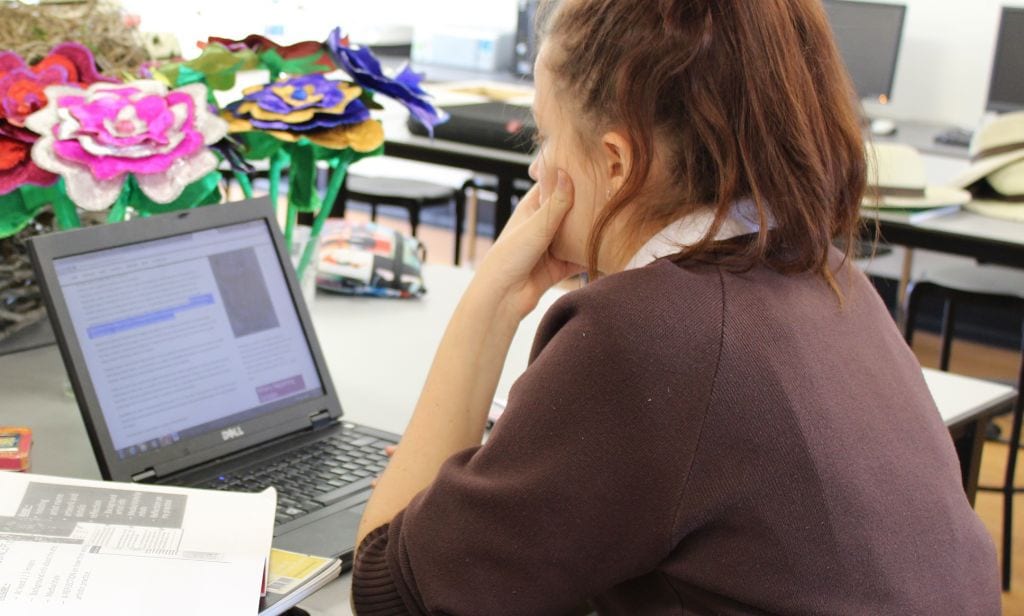Early to bed – Early to Rise… Sleep and our older children.
We all know the saying ‘Early to bed, early to rise, makes us healthy, wealthy and wise’ but how many of us apply the theory to our older children and teenagers as well as our babies and toddlers? The staff of San Sisto College in Carina passionately believe in supporting the well-being of young people and write for us about the essential need for sleep in older children.
One challenge today’s young people face is chronic tiredness. The effects for older children and young adults can include inattentiveness and lowered work productivity, memory impairment, emotional regulation difficulties, and increases in susceptibility to illness. Whilst it can be difficult to monitor your child’s sleep, it is important it does not ‘fall off the radar’ as children grow older. We know that sleep is the single most important factor when children are young, but as they grow parents may relax sleep routines. Interestingly, most parents tend to overestimate their older children’s sleep time until they investigate further.

Most primary school kids need 10 – 12 hours’ sleep a night and on average, teenagers require 8.5 – 9.5 hours of sleep a night to function optimally. Whilst research suggests the average adolescent sleeps approximately 7.5 hours on a school night it also shows that 25% of older children and teenagers sleep approximately 6.5 hours or less. Setting boundaries and limits around bedtime can help both parents and older children to make sleep a priority again. Parents can ensure wellbeing of their older children by:
- Ensuring that ALL electronic devices are turned off at least 30 minutes before bedtime. These devices emit a light which tells our brain it is day time, affecting the production of a chemical in our brain called melatonin. Asking your child to “hand in” their technology at a set time and removing the technology from their room each night can assist to set boundaries for sleep time.
- Monitoring caffeine and sugar intake, particularly 3 hours before bedtime. Caffeine and sugar intake can affect sleep patterns for teens as well as adults.
- Avoiding afternoon naps. It is surprising how many students snooze on arriving home in the afternoon, which can delay sleep onset when it is time for bed. As a result, they struggle to wake-up the next morning, becoming tired easily during the day, leading to another nap in the afternoon … and the cycle continues.
- Encouraging students to study or use laptops in a “work zone” (e.g., at their desk or at a table), rather than on their bed. Beds should only be used for sleeping and relaxing, using the bed as a place of study can signal to the brain that the bed is an awake zone.
- Encouraging a regular bedtime routine, for example, close off technology, shower, have something to eat or drink, quite reading, listening to music and then lights off. A night routine helps calm the body and mind and signals to the brain it is sleep time, helping to develop a shorter period of time between lights out and sleep.
- Looking at bedroom hygiene, including bedding, lights, clutter, and noise. If possible, try to create a quiet and calming sleep environment, where a lamp may be used to lower light in preparation for sleep.
For more help with understanding sleep routines, Sleep Shack is a personalised sleep treatment program for students and is available online – www.sleepshack.com.au.
Remember all children, like all people are different and some will require more than the ‘average’ sleep requirements and some less. As a guide, The Sleep Health Foundation has these averages for sleep requirements:
| Age Groups | Total Sleep | Sleep at Night | Sleep During the Day |
|---|---|---|---|
| Newborns (0 – 2 mths) | 12 – 18 hrs | 6 – 9 hrs | 6 9 hrs |
| Infants (2 – 12 mths) | 14 – 15 hrs | 9 – 12 hrs | 2.5 – 5 hrs |
| Toddlers (1 – 3 yrs) | 12 – 15 hrs | 9.5 – 11.5 hrs | 1.5 – 3.5 hrs |
| Preschool (3 – 5 yrs) | 11 – 13 hrs | Most sleep is at night. | Daytime naps become rarer. A child tends to stop napping at this age. |
| School-Age (5 – 12 yrs) | 10 – 12 hrs | All sleep should be at night. | Naps at this age tend to be from not getting enough sleep at night. |
| Teenagers (12 – 18 yrs) | 8.5 – 9.5 hrs | All sleep should be at night. | Naps at this age tend to be from not getting enough sleep at night. |
| Adults 18+ | 7 – 9 hrs | All sleep should be at night. | Naps at this age tend to be from not getting enough sleep at night. |
Source: www.sleephealthfoundation.org.au
Learning and wellbeing are intrinsically linked and it was for this reason that the principal at San Sisto College in Carina established the WELL (Wellbeing: Enhanced Life and Learning) as a centre for wellbeing in 2012. The WELL takes a holistic approach, employing staff from a variety of disciplines including a school psychologist, social worker, organisational therapist, careers advisor, physical enrichment coordinator, massage therapist, campus minister, and Indigenous support worker and pastoral worker. Staff at the WELL complement and assist the role of parents at home and believe there are many areas in which parents can be vigilant in supporting the wellbeing of their children. www.sansisto.qld.edu.au
This article was published in Issue 5 of our print magazine, August/September 2014.

